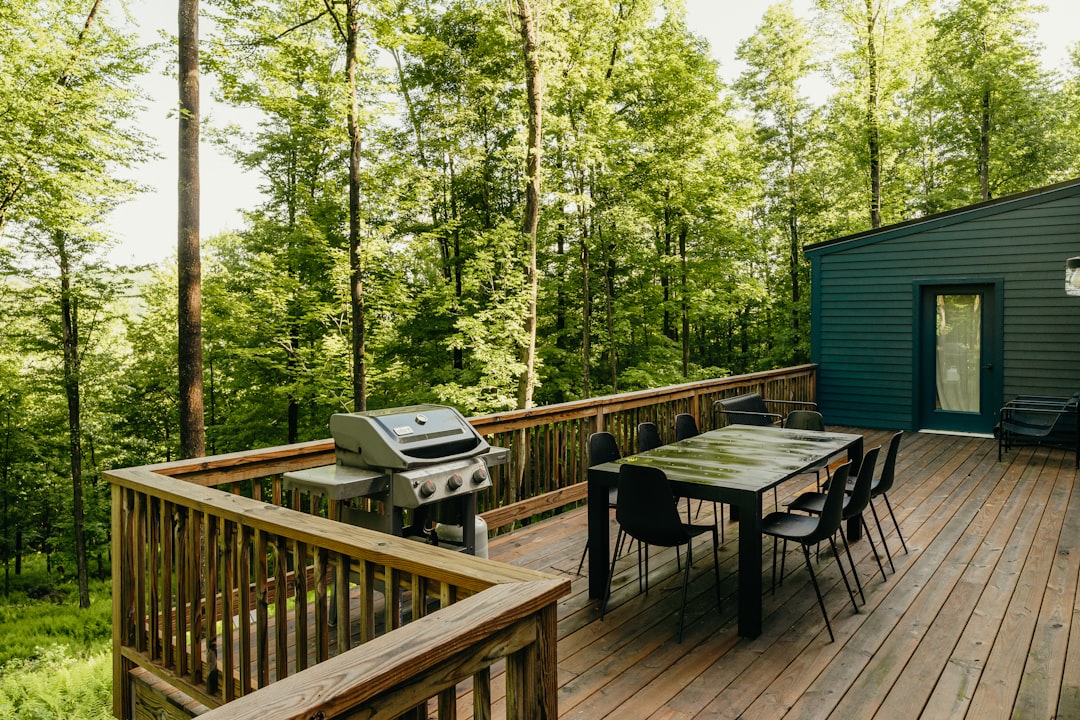Slow motion cinematography has become a popular technique in filmmaking, captivating viewers with its unique style. This technique allows filmmakers to slow down a particular action or movement, rendering it mesmerizing and more attention-grabbing. It adds depth to a scene and highlights the subject in a way that normal footage cannot.
The technique of slow motion cinematography is all about capturing details that are often missed at regular speed. A droplet of water falling from a leaf, a gust of wind blowing through someone’s hair, or a bullet piercing through a target – all these actions become more compelling when shown in slow motion.
One of the most significant benefits of slow motion cinematography is the ability to manipulate time. Slow motion footage stretches the time, making the viewer feel like they are living in that moment. It’s an effective way to create drama, tension and even to add humor to a scene. A simple movement can be elevated to a new level, becoming more dynamic and employing a sense of clarity that would otherwise go unnoticed.
Another significant advantage of employing slow motion cinematography is the enhancement of action sequences. For instance, a car chase scene can be transformed from a fast and furious blur to a nuanced and more dramatic pursuit. Slow motion can showcase the impact of crashes and accidents, while slowing the speed of a car down to make the viewer feel as if they were in the car as it is moving dangerously through the streets.
Slow motion cinematography creates a sense of elegance and grace, particularly with regards to human movements. The technique can capture detailed facial expressions, movements, and mannerisms that would typically go unnoticed otherwise. Therefore, it’s no surprise that slow motion shots are regularly used to tell visual stories for music videos or advertisements to promote the viewer’s emotional connection with the subjects.
Filmmakers can also use slow motion cinematography to create a heightened sense of anticipation, leading to more impactful reveals. For example, imagine a scene where a character is opening a gift. If shown at regular speed, it can be a quick and forgettable moment in the film. However, if shot in slow motion, the audience can take their time to appreciate the unfolding of the scene, allowing them to appreciate the suspense of the moment before the gift is even opened.
Slow motion cinematography has a captivating effect on viewers, adding depth and nuance to everyday moments. It is a technique that filmmakers can use to engage and create a more immersive experience for the audience. Slow motion can emphasize the beauty and complexity of a subject, adding drama and elegance to any scene.
As we can see, using slow motion can be an extremely powerful storytelling tool, capable of enhancing and elevating a scene to a new level of visual storytelling. The art of slow motion cinematography is a masterclass in technique, patience, and creative vision. Its effects are both stunning and immersive, providing a unique viewing perspective that allows an audience to experience the world like never before.









